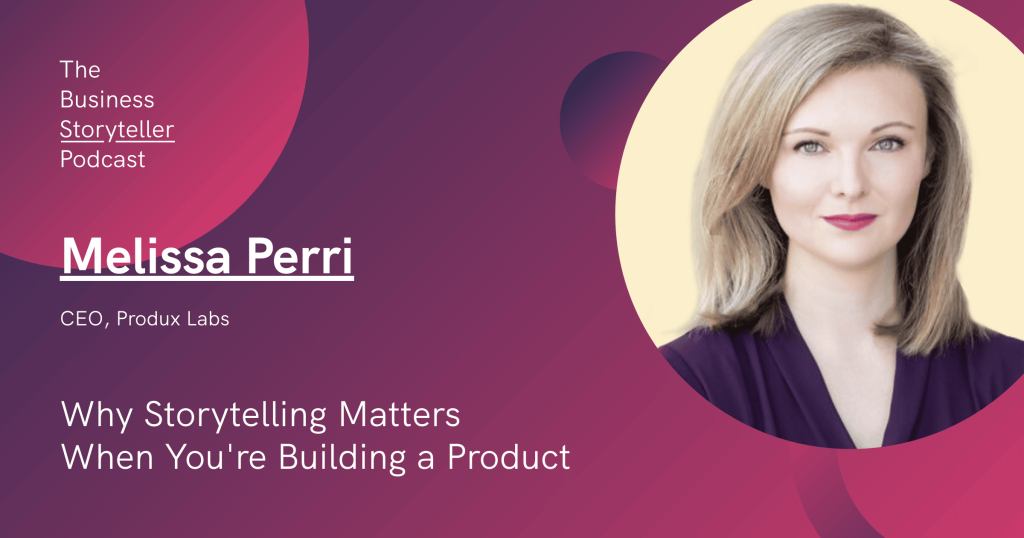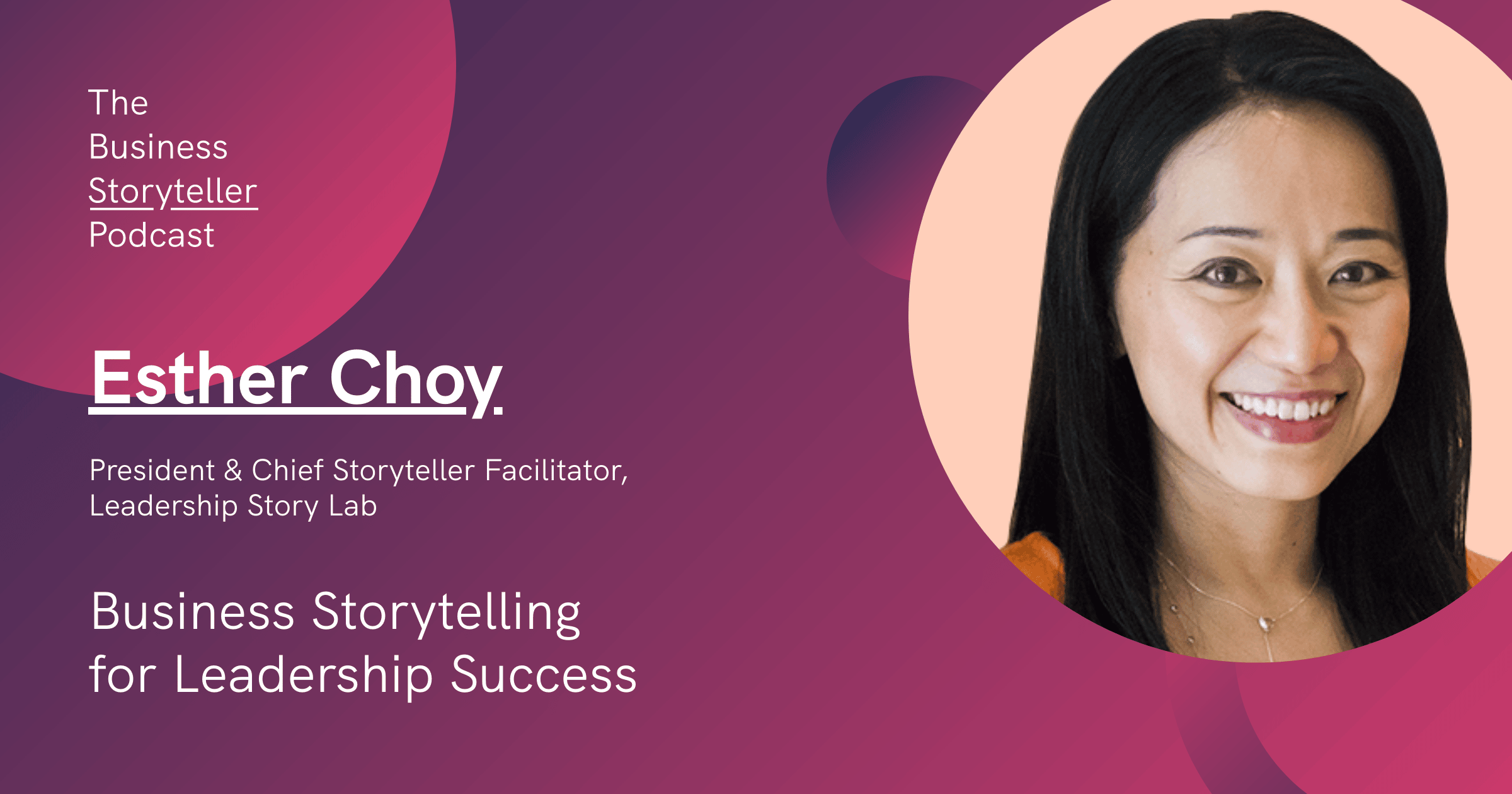What you typically find is that the teams are telling a different story than the leadership and they’re not really meeting in the middle. There’s no way of how do we get from A to B with this connection. So the teams will be moving nonstop. They are so busy. They are coding, they are shipping, they are doing so many things. Everybody’s panicking because they’re like we have to get this out. And you’re like, “Okay, cool. When you do get it out, how do you know it’s successful? What’s your success metrics?” And there’s usually none. There’s no like, “Hey, once we ship this from the team, it will lead to this. It’ll lead to that. And we’ll go here.” Because those things don’t line up, you can start to see that the teams are busy, but the things that they’re doing, they may not get the same results that the leadership actually wants from it. There’s usually a missing piece of strategy in the middle there. That’s definitely one of it. Just like seeing that stories are why we’re doing the things that we’re doing don’t line up, and then also the success metrics.



